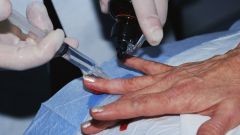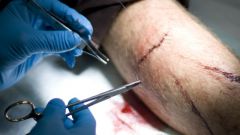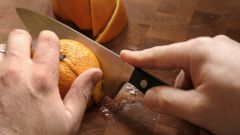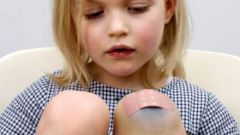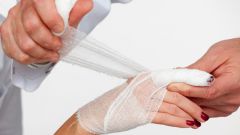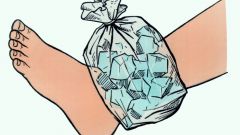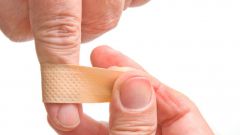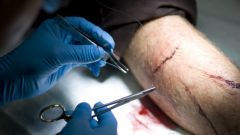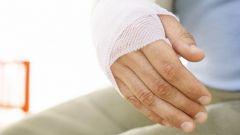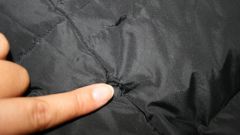If you are faced with the need to treat a laceration, try to do it step by step. To start stop the bleeding. Just press on the wound with a small force. This will help to stop the bleeding. If the wound was deep, as harness use a cuff to measure blood pressure or something like that.
After a bit you stopped the bleeding, go immediately to disinfect. Always flush the wound with plenty of warm water with soap. Then use for disinfection purposes hydrogen peroxide. Wash the wound with peroxide you need from the top to the bottom. Try to do it with minimal pressure on the damaged area. From further infection of the wound will help to protect some antibiotic ointment. For example, you can use bacitracin. It is very effective. If this ointment at hand was not, lubricate the wound with iodine or green paint. In no case do not put the tool into the wound, not to cause the victim pain and shock.
You will also need to impose on the damaged surface of the gauze bandage. The bandage should not be applied too tight. If you notice that the blood soaked through the bandage, put a few layers on top of one another. It will not hurt to take pain medication. Be sure to monitor the fever. High temperatures will attest to the fact that developing an infection. And this is a very dangerous symptom.
If the wound is small, it can be temporarily covered with special insulating tape or adhesive fabric which has a protective function. As a bandage you can use a material containing a large amount of absorbent. It is very important that it does not stick to the wound and provides normal surface pressure.
In any case, after first aid, the victim should immediately taken to the emergency room or nearest hospital for advice. If the wound is deep, likely to require suturing. In some cases it is impossible to do without the intervention of the surgeon.
Laceration can heal up to ten days. If there are any complications, this period may be very large. Throughout the rehabilitation period you should do the wounded bandaging and treating the wound. You also need to constantly monitor the General condition of the patient.
After a bit you stopped the bleeding, go immediately to disinfect. Always flush the wound with plenty of warm water with soap. Then use for disinfection purposes hydrogen peroxide. Wash the wound with peroxide you need from the top to the bottom. Try to do it with minimal pressure on the damaged area. From further infection of the wound will help to protect some antibiotic ointment. For example, you can use bacitracin. It is very effective. If this ointment at hand was not, lubricate the wound with iodine or green paint. In no case do not put the tool into the wound, not to cause the victim pain and shock.
You will also need to impose on the damaged surface of the gauze bandage. The bandage should not be applied too tight. If you notice that the blood soaked through the bandage, put a few layers on top of one another. It will not hurt to take pain medication. Be sure to monitor the fever. High temperatures will attest to the fact that developing an infection. And this is a very dangerous symptom.
If the wound is small, it can be temporarily covered with special insulating tape or adhesive fabric which has a protective function. As a bandage you can use a material containing a large amount of absorbent. It is very important that it does not stick to the wound and provides normal surface pressure.
In any case, after first aid, the victim should immediately taken to the emergency room or nearest hospital for advice. If the wound is deep, likely to require suturing. In some cases it is impossible to do without the intervention of the surgeon.
Laceration can heal up to ten days. If there are any complications, this period may be very large. Throughout the rehabilitation period you should do the wounded bandaging and treating the wound. You also need to constantly monitor the General condition of the patient.


